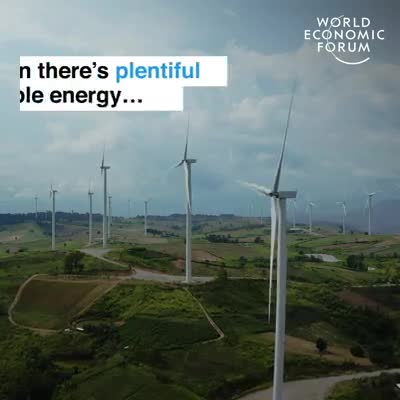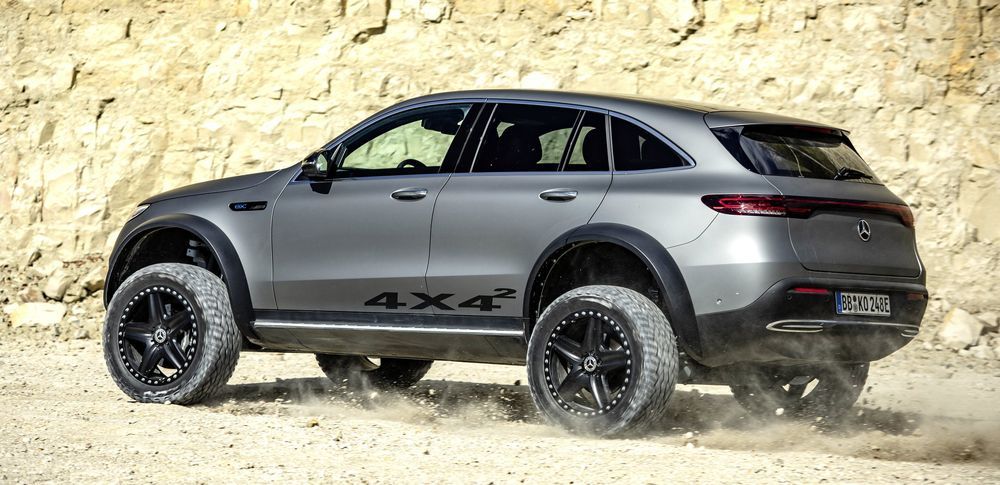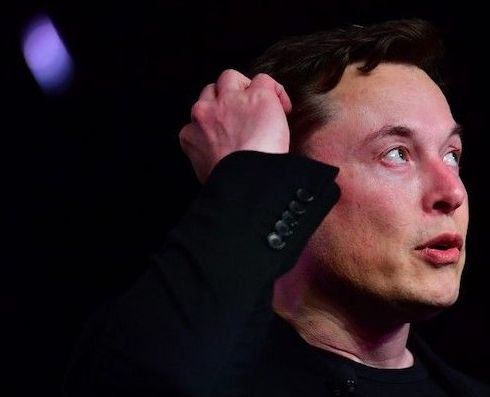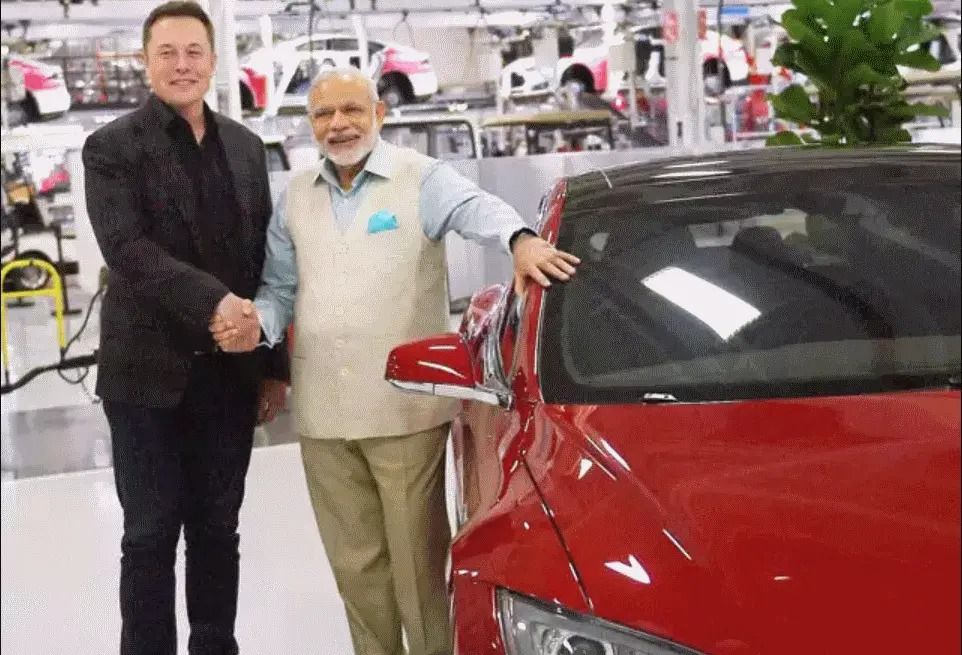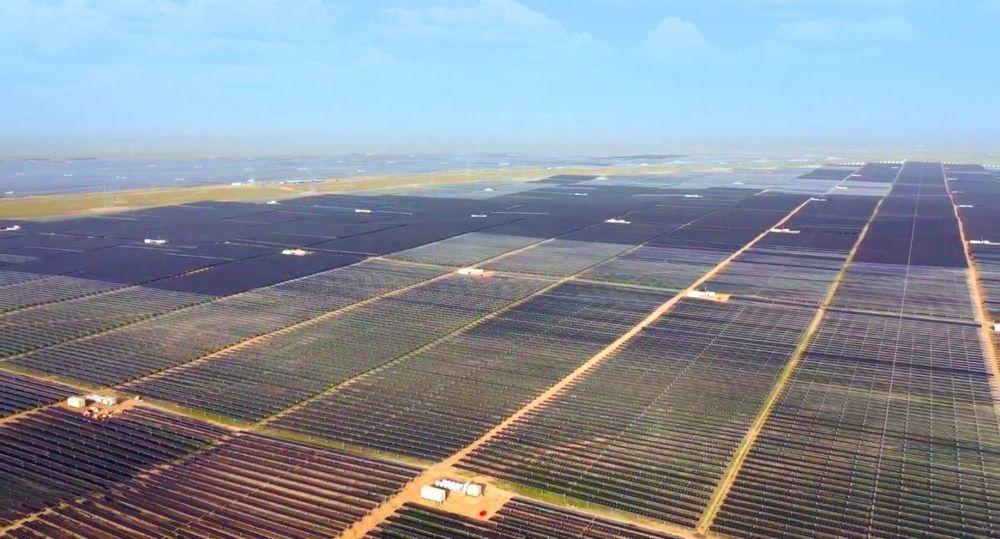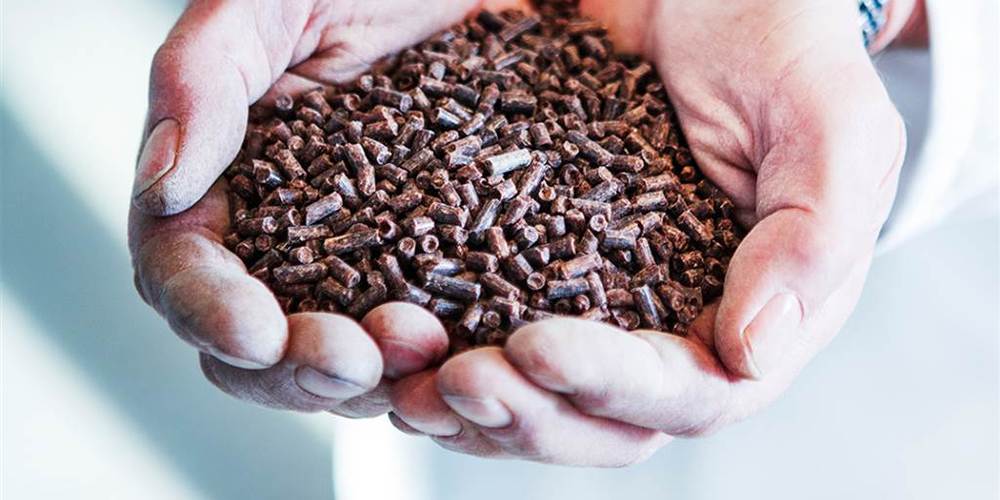Circa 2016
Scientists have developed a novel system that recovers energy normally lost in industrial processes.
Each year, energy that equates to billions of barrels of oil is wasted as heat lost from machines and industrial processes. Recovering this energy could reduce energy costs. Scientists from Australia and Malaysia have developed a novel system that is designed to maximize such recovery.
Heat can be converted to electricity by devices called thermoelectric power generators (TEGs), which are made of thermoelectric materials that generate electricity when heat passes through them. Previous studies have attempted to use TEGs to recover energy from the heat generated by, for example, car engines, woodstoves and refrigerators. However, TEGs can only convert a small amount of the heat supplied to them, and the rest is emitted as heat from their “cold” side. No previous studies have attempted to recover energy from the waste heat that has already passed through TEGs. Researchers from Malaysia’s Universiti Teknologi MARA and RMIT University in Australia set out to develop a system that can do this.

